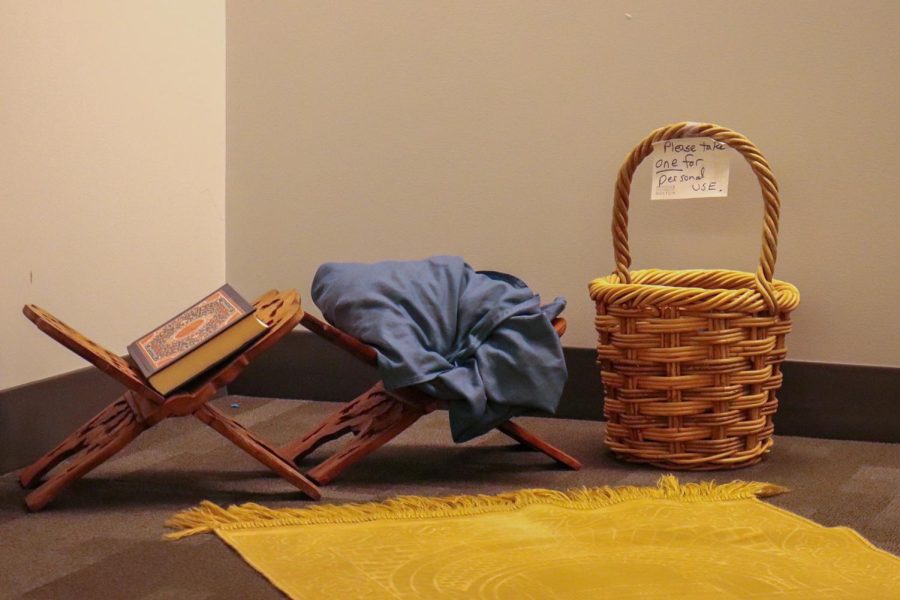While fall foliage is still coating parts of the country’ forests and highways, the colors of these leaves are being affected by climate change. Summer temperatures extend into the fall, causing many leaves to turn brown before reaching their proper color.
According to Phys.org, recent heat waves have caused leaves to wither at earlier times. This is due to extreme weather events including hurricanes and droughts. As the planet continues to warm, researchers say this issue will only get worse.
The colors are also hindered by forest threats, according to NBC New York. This causes many leaves to stay green for longer periods of time. With cool temperatures and less daylight, chlorophyll is no longer produced, which is what keeps a green color in plants and their leaves. The fall colors become noticeable as the chlorophyll decreases.
Lori Mitchener, Suffolk University adjunct professor, noted how stress can affect leaves, ultimately harming their colors.
“Leaf tip browning and then leaf drop, are a survival mechanism under stress such as drought,” said Mitchener. “A photosynthesizing leaf requires a lot of energy, therefore warmer days with fewer hours of sunlight and less available water will cause drop before any color change occurs.”
Leaves in Acadia National Park in Maine are getting their seasonal colors about a week later than they did in the 1950s, according to a researcher interviewed by The Washington Post. Most leaves are now turning into peak colors by mid-October.
A 2003 study in Tree Physiology claims “environmental stress can accelerate” leaf deterioration, according to Phys.org. Paul Schaberg, a research plant psychologist with the U.S. Forest Service says this issue can cause leaves to miss fall colors completely.
Climate scientist Dan Herms also studies how the effects of climate change affect trees.
“Climate change is affecting virtually all aspects of trees and their intentions with the environment, and fall foliage is no exception,” Herms told NBC New York.
The summer of 2021 included very high temperatures in the Pacific Northwest, according to Phys.org. A condition called “foliage scorch” was seen, where leaves turned brown earlier than expected, according to professor Chris Still of the Forest Ecosystems & Society Department at Oregon State University.
Fall is a big time for tourism in areas such as New England. However without the foliage, this can be financially detrimental on communities and businesses, according to NBC New York. Researchers also fear that with less people getting outside to enjoy nature, this may diminish admiration for the outdoors.
“The quintessential colors of the New England autumn are another victim of the ignorance or blatant disregard of the impact we have on the ecosystems around us,” said Mitchener.












